How to Adjust the PH Level in Cosmetics
PH level is important when you’re making skin care products, not all products have the same PH level. Most skin care products will have a PH level between 4.5 and 7. Cold processed soaps will have 9 PH level. More than 9 PH levels will be too drying and stripping for our skin.
All products that contain water (many surfactants are water base ingredients) need to be checked for their PH level. There is no need for a PH test for products that contain only oils and butters.
Many times, our final result will have a different PH level than recommended to the specific product.
Once you make a product you can check the PH with PH stripes or a PH indicator. I often use both to make sure my stripes are giving me the correct result.
Once you’ve checked the PH level you need to decide if you want to adjust it.
If the PH is lower than what is recommended, you’ll need to increase the PH level. If the PH level is higher, you’ll need to lower it.
You can help support my website and channel through the “buy me a coffee” page.
Here is the link: https://www.buymeacoffee.com/diycosmetica
Your support helps me keep sharing here more information and more formulas.
So how do we increase the PH level?
To increase the PH there are 2 common methods:
1. Using a sodium hydroxide solution
Sodium hydroxide also known as NaOH, lye or caustic soda, It is very caustic and aggressive to the skin. You must wear protective gloves and eye protection while working with sodium hydroxide, this ingredient can cause burns so make sure you are protected before starting the solution. Since you are going to use a very small amount of this ingredient to adjust the pH, there would be no residues of it in your finished product and the final product will be safe to use. You’ll need pharmaceutical or cosmetic sodium hydroxide, the one that is used for soaping.
Add 1% Sodium hydroxide to 9% distilled water and mix until the sodium hydroxide fully dissolves in the water.
- Always protect your hands and eyes while working with sodium hydroxide.
- Measure 9g of water in a heat resistant beaker (first we add the water)
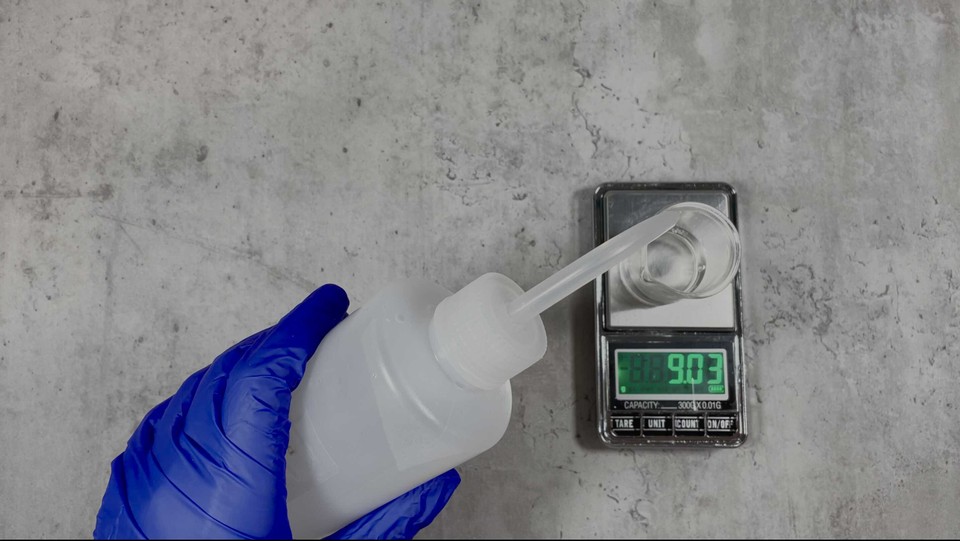
- Add 1g of sodium hydroxide to the water
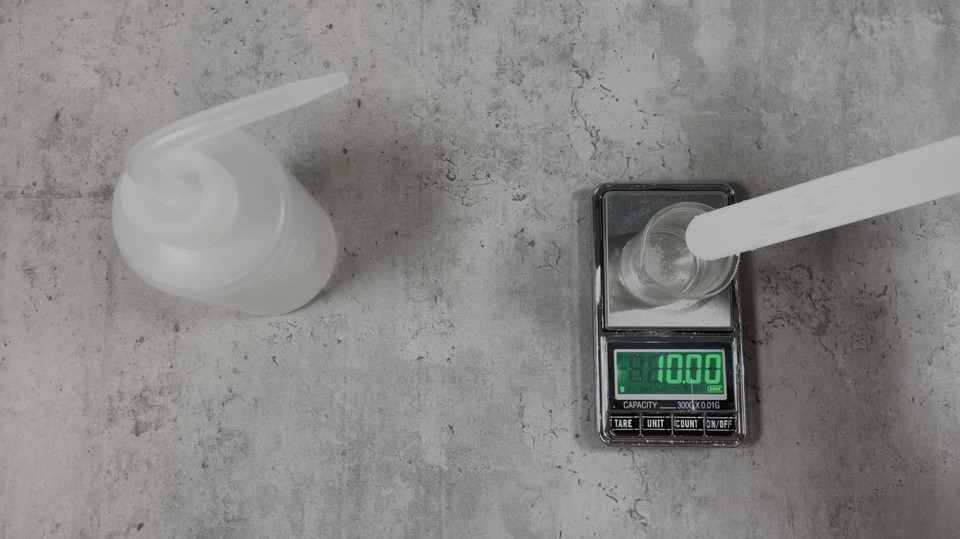
- Mix until the sodium hydroxide fully dissolved
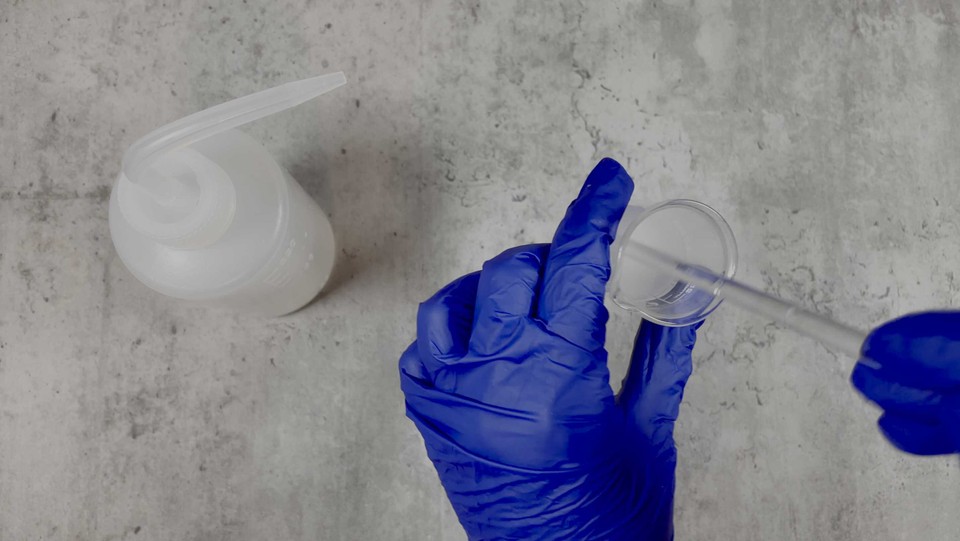
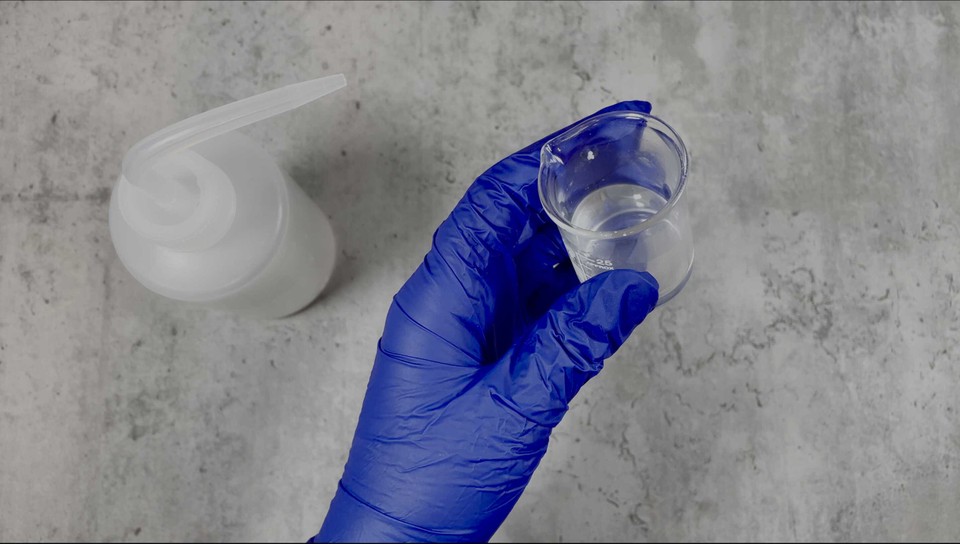
- The PH level is high on the scale, use a pipet in order to add some drops to your product when you want to raise the PH.
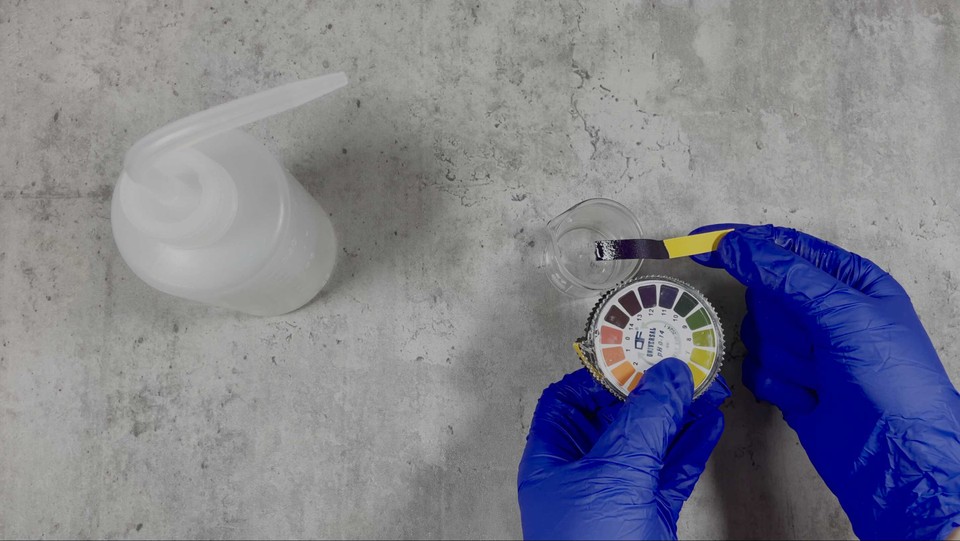
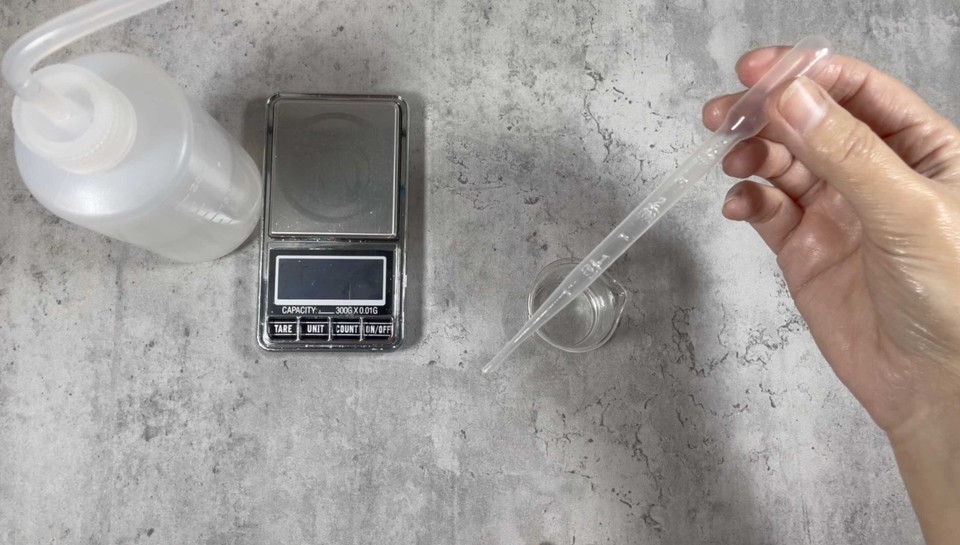
2. Using L-Arginine solution
L-Arginine is an a-amino acid that is used in the biosynthesis of proteins.L-Arginine is naturally present in the body. L-Arginine is easily soluble in water. It is milder and easier to work than working with NaOH (sodium hydroxide). Add 1% L-Arginine to 9% distilled water and mix until the L-Arginine fully dissolves in the water.
- Add 1g of L-Arginine powder to a beaker
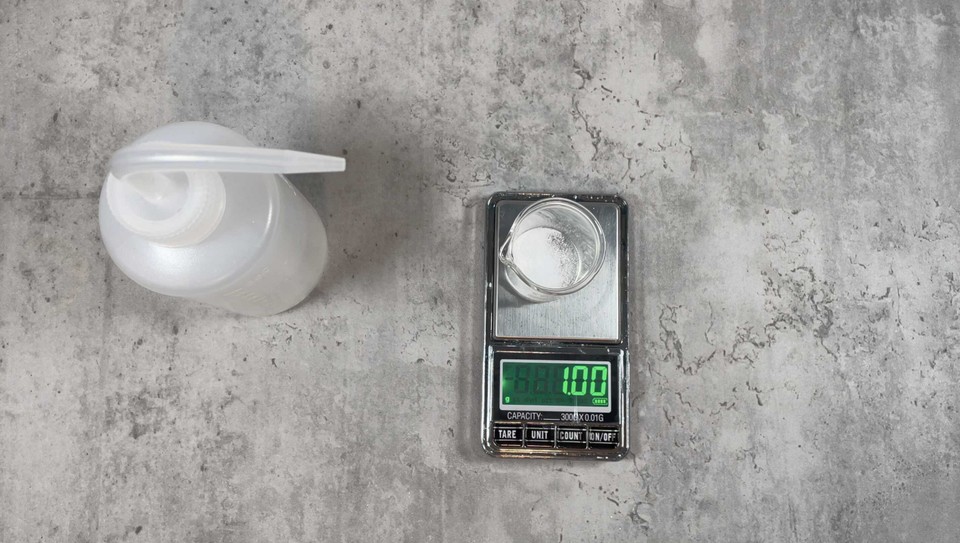
- Add 9g of water to the same beaker

- Mix until all the L-Arginine dissolved
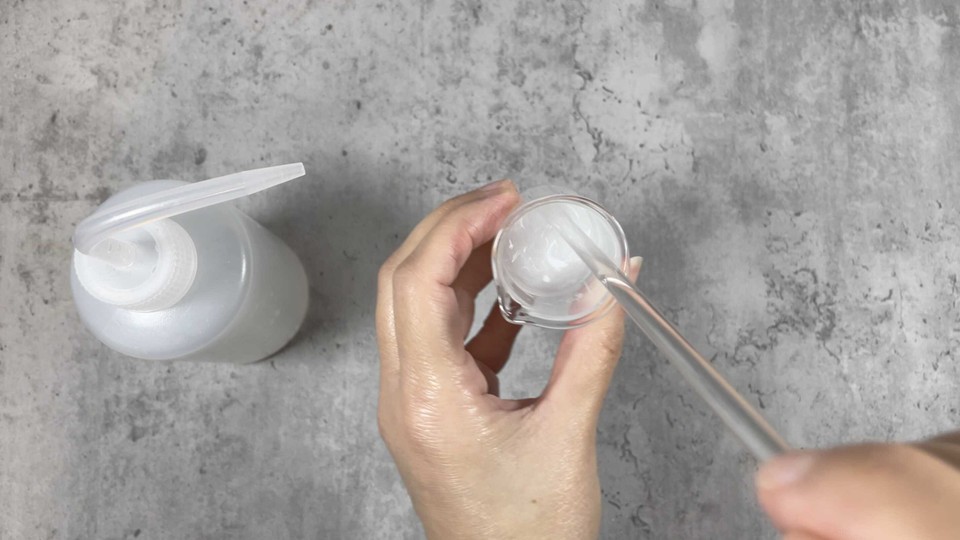
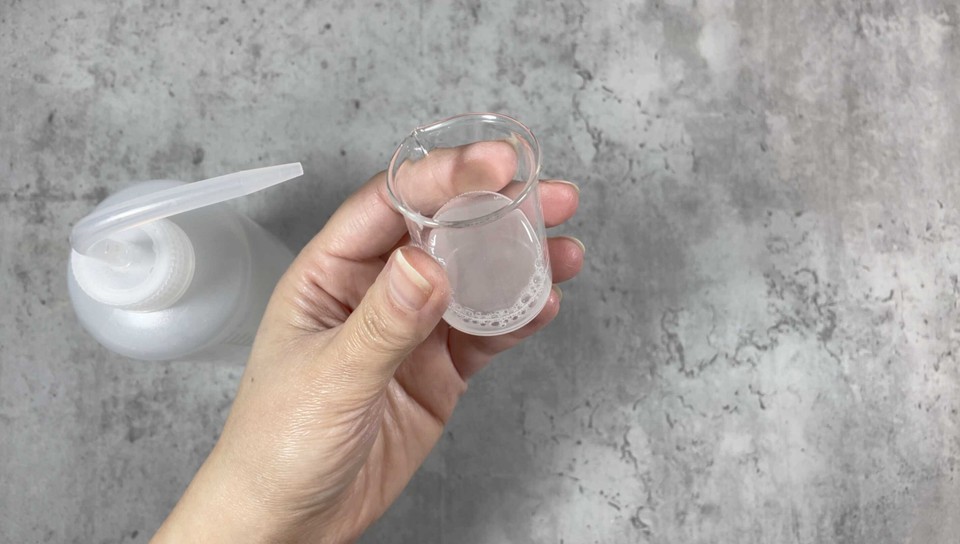

Once you have your solution, add only a few drops with a pipet to the product, mix well and check the PH again, if needed add some more drops of the solution and check again.
And how do we lower the PH level?
To lower the PH citric acid and lactic acid are the most suitable acids in skin care products.
1. Using Citric Acid Solution
Citric acid is usually sold as a powder. It is cheaper than lactic acid. In addition to lowering the pH, citric acid is a chelator (binding metal ions) and can enhance the performance of the preservative. Add 5% of citric acid to 5% of distilled water and mix well to dissolve the citric acid completely. Once your citric acid solution is ready add a few drops to your product and check the PH level. If you need to lower the PH a bit more, add a few more drops and check again.
- Add 5g of citric acid to a beaker
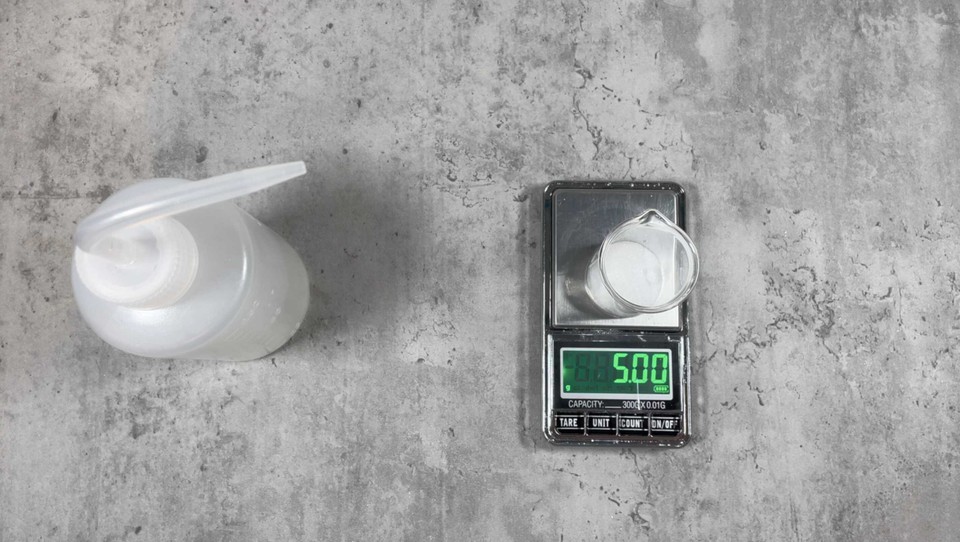
- Add 5g of water
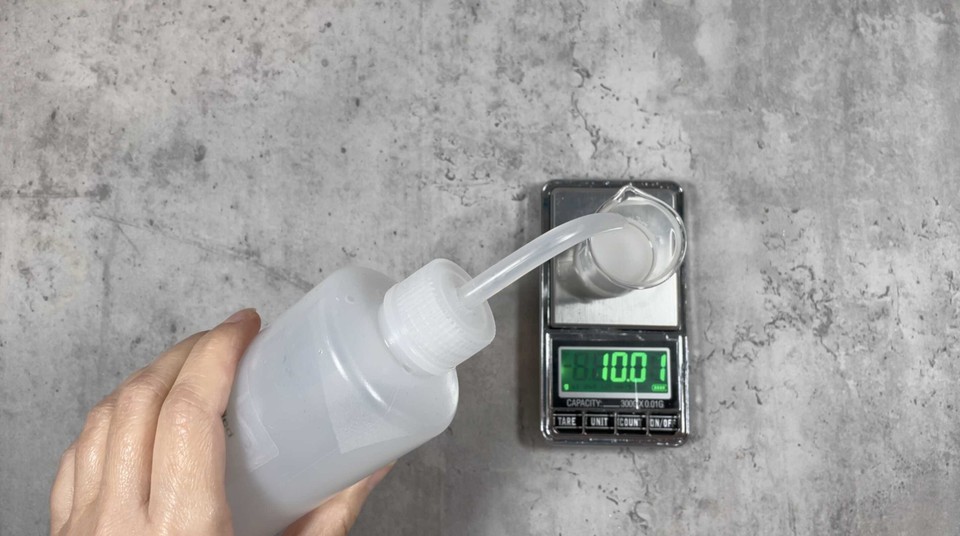
- Mix until the citric acid is fully dissolved
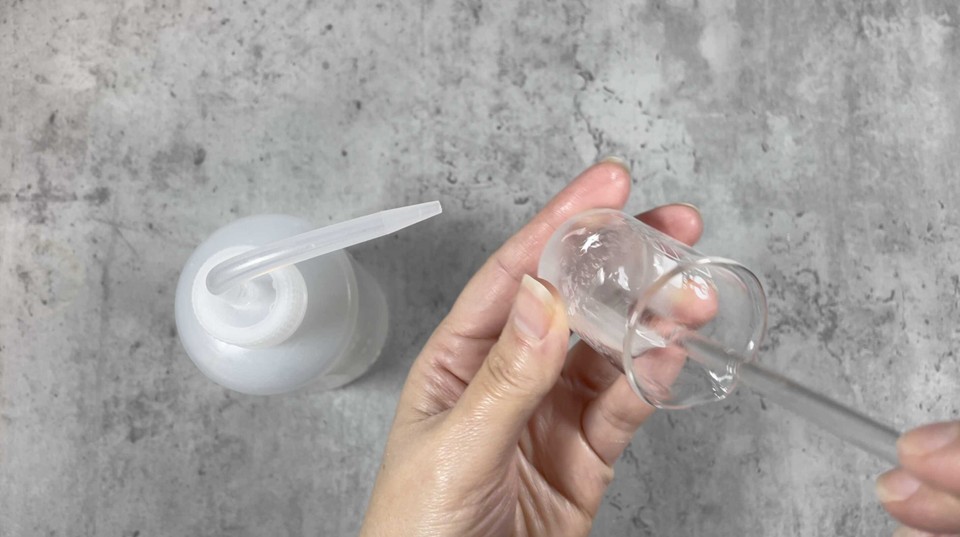
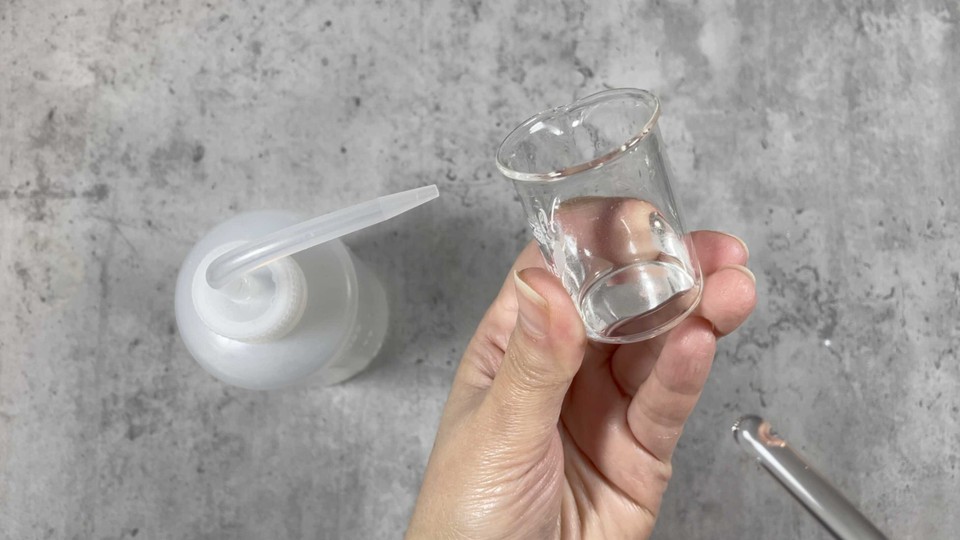
- The PH level is very low, when you wish to use this solution to lower the PH of your product, use a few drops of the solution in your product. Use a pipet and start with only 3-4 drops before checking the PH again.
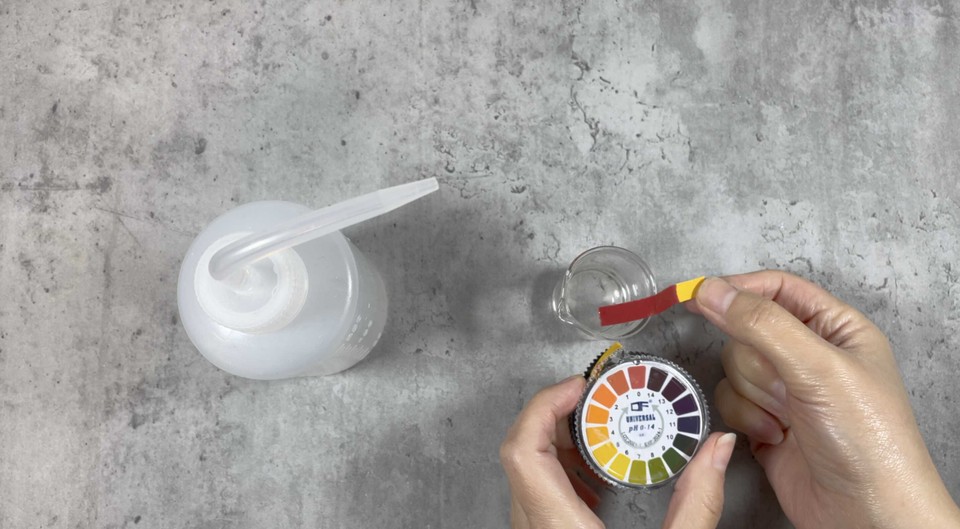
2. Using Lactic Acid Solution
Lactic acid is usually available as an 80% solution or a 60% solution. It is more expensive than citric acid and in 80% concentration it could be quite corrosive (handle with care, avoid contact with skin). Lactic acid, in addition to lowering the pH, has moisturizing properties. It is an AHA (alpha-hydroxy acid), the same acid used in chemical peelings. Since it is sold as a solution (although originally it’s a powder) you can add a few drops of the lactic acid solution and check the PH level, if needed add a few more drops and check again.

- Lactic acid 80% or 60% is already a prepreded solution, so when you want to use it just use a few drops of the lactic acid solution to your finished product.

More notes:
When your product is finished and has cooled down to room temperature take 1% of the product and add 9% of distilled water, mix them well and check the PH level. If the PH needs adjustment, use one of the solutions to raise or lower the PH accordingly.
Since PH is temperature dependent. It is important to wait for the product to cool to room temperature and add room temperature water to make the dilution.
Cold processed soaps usually reach their final PH after 24-48 hours, after this time the soap bar will have around 9 PH level. If you wish to check your soap bar PH level you can damp one side of the soap with a bit of water, then rub the PH strip on the damp part of the soap, this is just to make sure the soap is now safe to use.
If you can get L-Arginine I would recommend using it over sodium hydroxide in order to raise the PH level of your products.
Between citric acid and lactic acid, I think each can benefit differently in skin and hair products, so it depends on what you want to achieve in a specific product.
